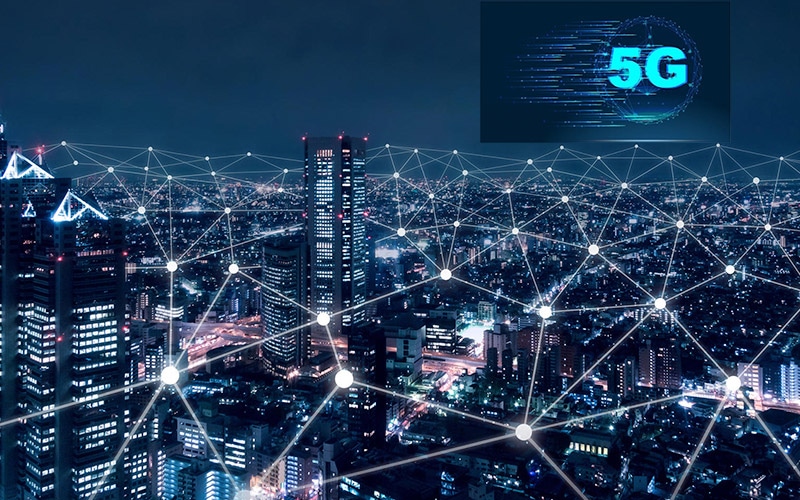5G Radiation and Skin Cancer

This article discusses the subject of 5G radiation, which is a non-ionizing electromagnetic radiation. Because 5G radiation is tiny, it doesn't possess the capability of breaking the bonds between chemical molecules in biological tissues or trigger any alteration to cells. It's not clear whether 5G radiation can affect the risk of skin cancer. No evidence has been found to suggest that it could cause other disease.
High-frequency millimeter wave radiation
High-frequency millimeter wave radiation from mobile phones and wireless networks can cause adverse health effects for humans. There are many ways in which this radiation could cause harm. In certain instances, the radiation can cause damage to a person's DNA. In other instances, it may cause damage to other areas within the body including the brain.
Recent research has revealed that 5G technology may cause thermal heating in tissues. 5g towers radiation is why researchers from the International Council on Non-Ionizing Radiation Protection (ICNIRP) has called for a review of existing thermal and biological safety standards. The current standards for exposure are not adequate to protect individuals from extreme heat in the event of exposure to pulsed millimeter waves.
Skin cancer risk

There isn't a definitive answer yet to the question of whether 5G radiation causes skin cancer. It is however thought that 5G RF-EMFs behave similarly to high-LET ionizing radiations. In turn, they may cause large amounts of free radicals in the skin. The FCC has not issued any specific guidelines on the dangers of 5G technology. Consequently, the debate continues.
Although there has been a variety of studies that examine the impact of radio waves with higher frequencies on human health, these studies have remained largely limited in their scope. However, there is concern over the effects of millimeter-wavelength exposure on oxidative stress and gene expression. 5g radiation could be extended to the skin and various organs, such as the brain.
Impact on other diseases
An innovative new technology in wireless, called 5G, is rapidly expanding however, scientists are warning of the health risks that could be associated with it. 5G technology is expected to significantly increase the quantity of electromagnetic radiation found within our environment. This is a problem that has caused debate in several nations, including Switzerland. In September 2017, 390 scientists and doctors have backed a motion to put an end to 5G deployment. The motion was not taken seriously by the European Commission, which is in charge of regulating the use of technology like 5G.
As a result, more research is needed to assess the health effects of 5G. However studies have proven that 5G isn't causing the same adverse effects on humans as old mobile networks. Additionally, it does not transmit a new type of coronavirus. In addition, it does not make people more vulnerable to viral infections.
The measurement of exposure
Monitoring the radiation exposure of 5G is a crucial aspect of the security of 5G networks. There are two ways to gauge exposure. One method is measuring the power of radio waves absorption by human tissue. The other involves measuring the quantity of radiofrequency energy released from an object. Radiofrequency energy (RF) can be described as an energy source that originates through radio transmitters.
In the United States, the FCC has implemented a limit on the energy density of 5G mobile devices. These tests only determine power density at just only a few inches. the FCC does not require measurements of each beam. However, how much power is generated by each beam can be determined by computer simulation. 5g radiation is then determined depending on the design of each beam.
Limitations of the study
There has been a lot of discussion over whether 5G radiation will affect human health. In the case of 5G, for instance. Swiss Government, for example has released a report which concludes that the technology has no negative health consequences in the short-term, but there aren't any studies which have shown long-term effects. But, the report has several issues, including biased reporting.
The frequency and power of the radio waves that generate energy depend on the frequency. The energy carried by a millimetre wave will be identical to the current radio waves, but they are much less visible and are more suitable for environments with high density because they cannot be easily obscured by walls or glass. High-density urban areas would require many small, low-power sites, and suburban areas will benefit from 5G sites that operate at lower frequencies.
